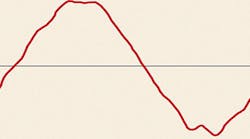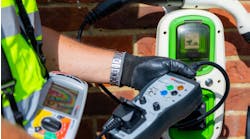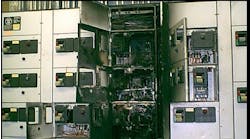One maintenance task that’s often overlooked is the monitoring of harmonics in motor circuits. Typically, high harmonic content goes unnoticed until someone decides to investigate power quality as a possible root cause of various motor problems. Those problems include random trips, burned windings, pitted bearings, and excess current consumption.
The ideal way to monitor harmonics on critical motor circuits is to make those circuits part of your power monitoring system. When harmonic content on any monitored circuit reaches some threshold, you get an alert.
Doing this for every motor circuit in the place probably isn’t practical. So what’s the solution? That really depends upon your situation. Here are some options to consider:
• Time-based. You could schedule harmonic analysis at some time interval; say annually. That’s not all motor circuits once a year, but some each month (or whatever period) over the course of a year so that every year a given circuit gets reanalyzed.
• Incident-based. When there’s a motor failure, harmonic analysis is scheduled for that branch circuit plus all other branch circuits on that feeder.
• Metric-based. When motors reach some temperature or draw X current, you receive an alert to conduct harmonic analysis.
• Thermography-based. When thermographic analysis shows a motor is running too hot (compared with baseline data, according to parameters set by you), several tests are triggered for completion, including harmonic analysis.
Of course, you need to understand the harmonics you’re looking at and then use the appropriate mitigation methods. Often, replacing the motor VFD with one that’s harmonics-corrected is the surest and most effective solution if the motor circuit is the source. Adding harmonics correction (e.g., a filter or trap) also is effective, but if the motor has a VFD, consult the manufacturer first.




